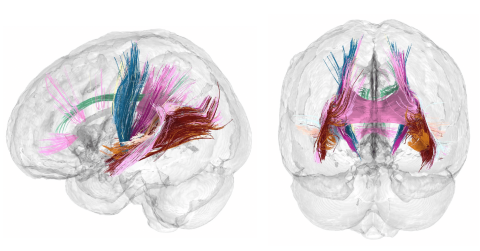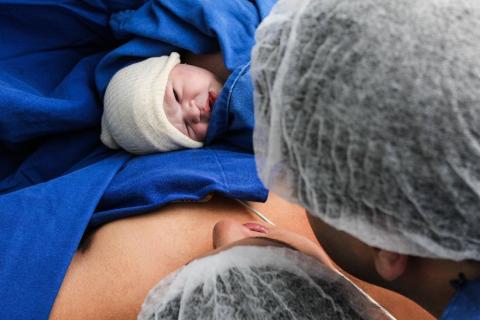A genetic study of the human pelvis relates its shape to the health of the pelvic floor and the ease of childbirth
In humans, larger birth canals are associated with slower labour and less back pain, but a higher risk of osteoarthritis of the hip, while narrower birth canals are associated with a lower risk of pelvic floor disorders, but a higher risk of obstructed labour, according to one study. The analysis published in Science is based on genetic and clinical data and bone densitometry images from more than 31,000 people in the UK Biobank to identify 180 genetic positions associated with seven ‘highly heritable’ pelvic characteristics.

Nicole Grunstra - pelvis EN
Nicole Grunstra
Evolutionary anthropologist, evolutionary biologist and senior postdoctoral researcher at the University of Vienna (Austria)
Discussions and empirical tests of the obstetrical dilemma have long been dominated by the presumed negative effect of a wider (left-to-right) pelvis on bipedal walking. This study shows exciting new findings that highlight that the evolution of human pelvic form is not all about birth and locomotion, and that pelvic canal dimensions other than width may also be under selective constraints in humans.
Firstly, the authors have found a strong association between an increased risk of pelvic floor dysfunction (specifically prolapse) and mediolaterally wider birth canals. This lends further support to the pelvic floor hypothesis, which argues that the pelvic floor is particularly important in humans due to our upright posture and that a narrower birth canal has evolved to benefit pelvic floor health.
Additionally, whereas most previous work has tested the obstetrical dilemma by focusing on pelvic width, this study showed that the anterior-posterior (belly-to-back) length or depth of the birth canal also impacts locomotion, and back pain. The latter could point to a relationship between the curvature of our bipedal spine and pelvic shape, which has been hypothesized but not yet tested. This study provides a further indication that this could be a fruitful new direction of evolutionary research.
**Editor's note: the obstetric dilemma is a hypothesis from the 1960s that posits an evolutionary conflict between narrow pelvises, necessary for walking upright, and the large size of human babies' skulls, which can make childbirth difficult.
The author has declared she has no conflicts of interest.
Liaoyi Xu et al.
- Research article
- Peer reviewed
- People



